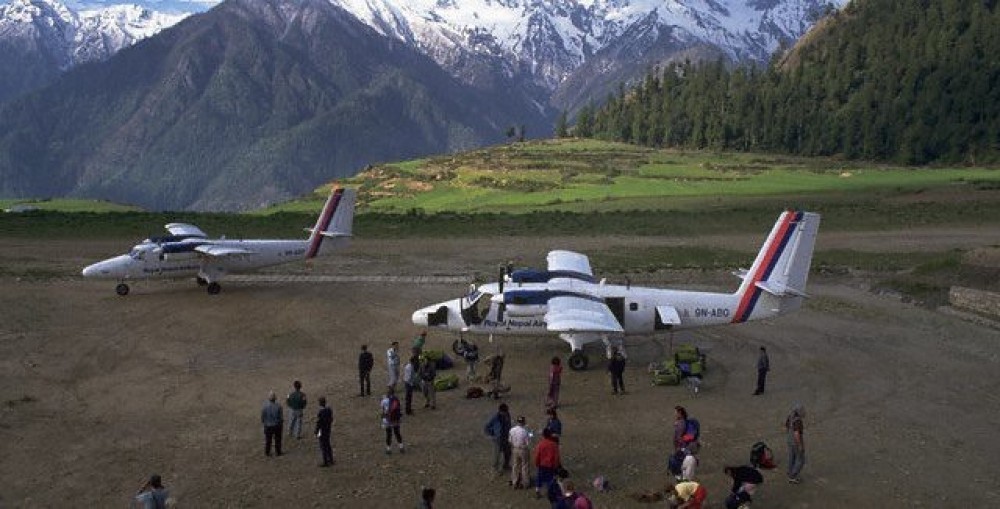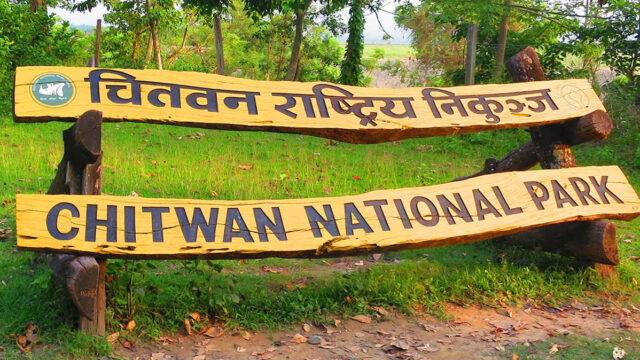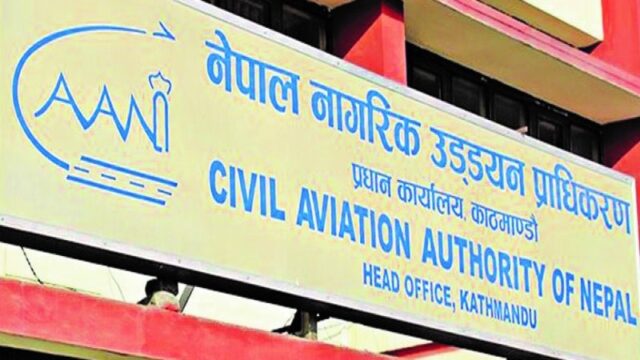In a significant boost to cross-border religious tourism, 14 flights were operated today alone by private domestic airlines from Nepalgunj to Simikot, ferrying more than 150 Indian pilgrims en route to Kailash Mansarovar in China’s Tibet Autonomous Region. The flights, conducted by Sita Air, Summit Air, and Tara Air, mark a surge in religious tourism through this remote Himalayan district of Humla, which remains disconnected from the national road network.
Simikot, the administrative center of Humla district, serves as the gateway to the Kailash Mansarovar pilgrimage via the Hilsa border crossing. Indian pilgrims prefer this route over the Kathmandu-Kerung route due to its shorter travel time and less bureaucratic delay, making the Simikot-Hilsa corridor a preferred alternative for spiritual travelers.
Humla Emerges as Vital Link for Religious Tourism
Located in the far-western region of Nepal, Simikot Airport is the only reliable point of entry for travelers to Humla district due to the lack of road connectivity. Over the past few years, this remote airport has become a crucial transit hub for pilgrims headed to Mount Kailash and Lake Mansarovar, sacred sites for Hindus, Buddhists, Jains, and followers of the Bon religion.
According to Dipendra Bhandari, a staff member at Simikot Airport, today’s passenger flow was the highest recorded in recent weeks. “Today alone, we handled 14 flights and welcomed over 150 Indian tourists. This indicates the growing preference of pilgrims for the Simikot route,” he shared.
Kailash Mansarovar via Simikot-Hilsa: A Growing Trend
Indian pilgrims are increasingly choosing to fly from Nepalgunj to Simikot, then travel to Hilsa, the border point with Tibet, either by helicopter or road. From Hilsa, they cross into Tibet (China) to continue their Kailash-Mansarovar pilgrimage.
This route has gained popularity over the traditional Kathmandu–Kerung–Tibet route due to its relatively shorter duration, lesser altitude acclimatization issues, and fewer administrative hurdles. Tour operators also cite logistical ease and availability of air service as reasons for the growing number of travelers via Simikot. It’s strategic position, just one short air-hop from Nepalgunj and within reach of the Tibetan plateau, has transformed it into a spiritual and logistical hub during the pilgrimage season.
Rising Numbers Reflect Seasonal Peak
The pilgrimage season to Kailash Mansarovar typically begins in late spring and continues through summer, peaking in the months of Asar and Shrawan when weather conditions in the Himalayas are relatively stable.
Airport official Bhandari shared that since Asar 2 (mid-June), at least 362 Indian tourists have already arrived in Simikot via air to pursue the Kailash-Mansarovar journey. This includes 12 foreign tourists who visited Humla on Jestha 24, a sign of growing international interest in the region’s spiritual and natural appeal.
After landing in Simikot, most tourists either fly or drive to Hilsa, from where they cross into China after completing border procedures. The Simikot-Hilsa corridor, despite infrastructural challenges, is emerging as a reliable pilgrimage passage.
Air Connectivity: The Only Viable Option
Due to Humla’s inaccessibility by road, air travel remains the lifeline of movement and commerce in the district. With no national highways connecting the region, Simikot Airport functions as the principal access point, especially during the tourism and pilgrimage seasons.
Domestic airlines such as Sita Air, Summit Air, and Tara Air have capitalized on this seasonal demand by scheduling multiple daily flights from Nepalgunj, typically flying small aircraft capable of landing on Simikot’s challenging high-altitude airstrip. Each flight plays a crucial role in ensuring the smooth and timely movement of pilgrims, many of whom are elderly and have limited time for travel.
Local Economy Benefits, But Infrastructure Still a Bottleneck
The influx of pilgrims brings tangible economic benefits to the local communities of Humla. From guesthouses and food services in Simikot to porters, guides, and transport operators in Hilsa, the pilgrimage boosts livelihoods and promotes regional tourism.
However, the surge in traffic also highlights the urgent need for better infrastructure in Humla. Weather-related flight cancellations, lack of medical facilities, limited accommodation, and poor roads between Simikot and Hilsa remain serious challenges that need to be addressed to ensure safe and sustainable tourism growth. Local stakeholders and tourism entrepreneurs have consistently requested government investment in better air safety measures, runway upgrades, and health posts along the pilgrimage corridor.
Simikot’s Rising Role in Religious Tourism
As interest in spiritual tourism grows across South Asia, the Nepalgunj–Simikot–Hilsa route has become a lifeline for thousands of Indian pilgrims heading to Kailash Mansarovar. Today’s record number of flights and passenger volume is a testament to Simikot’s strategic importance in Nepal’s cross-border tourism landscape.
With appropriate support from federal authorities, local governance, and tourism stakeholders, this corridor could be developed into a world-class pilgrimage route, bringing long-term economic and cultural benefits to the remote Karnali region while preserving its ecological and spiritual integrity.






